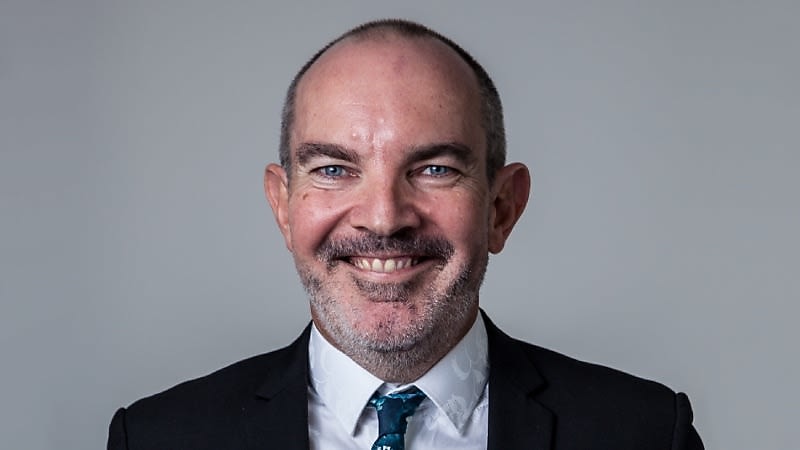It’s all about class when making trust distributions: solicitor
Before making a distribution from a discretionary trust it’s important to check that the person, company, trust or charity is in the included class of beneficiaries, says a specialist solicitor.
Scott Hay-Bartlem, partner with Cooper Grace Ward solicitors, said in a recent webinar that deciding to distribute the income out of a family trust is an important one for a couple of reasons.
“The first and most obvious one is tax. Does the person to whom we make the distribution include the amount of the distribution in their income for the year? Getting the tax position right is going to be very important,” he said.
“There’s several other factors to take into account as well and one thing that people often forget is that when the trustee decides to distribute the income to somebody, you’re creating a genuine legal obligation to pay that amount to that person.”
Hay-Bartlem said although the amount is not often paid immediately, and could take several years, it is considered a genuine debt owing to that person which can cause problems if that person has business risk issues, is going through a matrimonial dispute, or is just deciding that they would like to call it from the trust.
“And that’s something we need to think about before distributing,” he said.
However, just as important is that with a modern family discretionary trust, the beneficiaries encompass a wide class that is usually defined by reference to a particular person who’s named and then their family members, relatives, companies and trust charities.
“You have to check that those named as beneficiaries of the trust are going to be included in the class,” he said.
“For example, with common things like spouses, does it include people you’re not married to? Does it include same-sex couples? Who is a ‘child’? And then if we’re going to related companies or trusts, do they fit within the definition? Because sometimes they don’t.”
He continued it is also necessary to check they are not in an excluded class of beneficiaries, which includes things like trustees.
“Before we distribute to someone or a company that’s the trustee, we need to make sure they’re not excluded. Foreign beneficiaries are common exclusions because of various stamp duty land tax rules around Australia as well,” he said.
A discretionary trust is one in which the trustee has discretion as to whom it chooses to make the distributions, however, Hay-Bartlem said there have been recent court cases that indicate that trustees have to act reasonably and take into account the circumstances of beneficiaries when making distributions.
“Those cases were more limited classes of beneficiaries. They weren’t a normal modern discretionary trust, but one thing to be conscious of is making sure that the trustee has fulfilled their obligations in making the distribution decision and that may not be as easy as we think,” he said.
“The ATO clearly has the view that the trustee has to make the distribution decisions by 30 June. Now, the basis for that is that almost every trust deed says you have to. That’s the basis for why they say that but not every trust deed does say that.”
He said if the trust deed doesn’t have that obligation the trustee has some argument for not making the distribution by 30 June, and there are legal cases that support the fact the trustee needs to decide within a ‘reasonable time’ after the end of the financial year.
With the end of the financial year fast approaching, Hay-Bartlem will be covering trusts at a special seminar for accountants, financial planners and other professionals in Sydney on 8 and 9 May.


